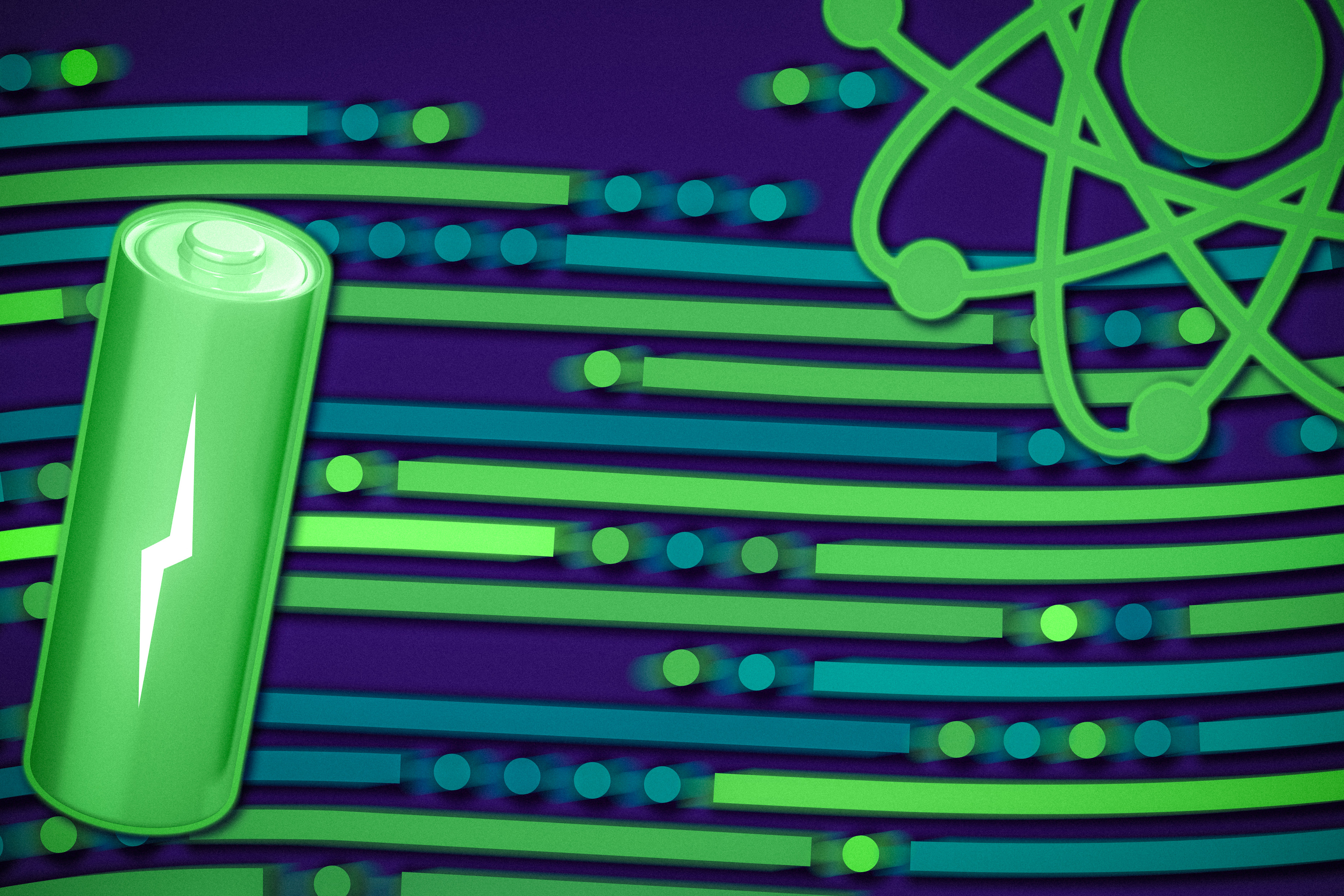
Renaud Fournier SM ’95 joined the Institute in September 2023 in the newly established role of chief officer for business and digital transformation and is leading a team focused on simplifying business operations and systems for the MIT community. Fournier has extensive experience implementing systems and solving data challenges, both in higher education and the private sector — most recently, leading the digital transformation effort at New York University. Here, Fournier speaks about how he and his team will work closely with members of the MIT community to chart a course for MIT’s digital evolution.
Q: What are MIT’s enterprise systems and how are they challenging for our community?
A: The MIT community relies on our enterprise systems for a range of activities — everything from hiring and evaluating employees to managing research grants and facilities projects to maintaining student information. SAP is our current enterprise resource planning system for human resources, finance, and facilities management, and it’s integrated with other systems that provide additional business functionality. Some of these systems are purchased, like Coupa, while others are partially or fully homegrown, like Kuali Coeus and NIMBUS. Along with SAP, our other core systems — for example, Advance and MITSIS — feed data into a central data warehouse to support reporting.
MIT’s enterprise systems and data landscape has evolved organically over 30 years. The Institute has become considerably more complicated since then, and they no longer represent the best practices or technology in the IT market.
Q: What digital transformation projects are you most focused on?
A: Our primary goal is to free up our community’s time so that they can achieve their greatest impact. The vision is to create easy-to-use and well-integrated systems, along with comprehensible and accessible data for reporting and analysis. To accomplish this, we will be taking a series of actions. These include modernizing our enterprise systems and data architecture to take advantage of better technology and functionality, within a cohesive and well-integrated landscape, and simplifying our business processes. To make our data accessible and actionable, we will implement more robust data governance, assigning clear ownership and accountability. And we will offer IT support that enables our community to accomplish its objectives. We need to address systems, processes, data, and support holistically, while engaging and assisting our community every step of the way.
Q: What are your next steps?
A: Over the next few months, I will be building a team to guide the community on this journey, in partnership with IS&T [Information Systems and Technology], other central units, and our academic areas. Together, we will be developing a thoughtful and actionable multi-year roadmap of digital transformation projects, which will help us to produce a steady stream of improvements for our community. We have not selected any systems yet or determined the order in which they will be implemented. Engagement with stakeholders from central, academic, and research areas will inform how we prioritize projects over the next few years. Once we have created the roadmap to guide us, we look forward to the next phase — getting started on the work itself.






